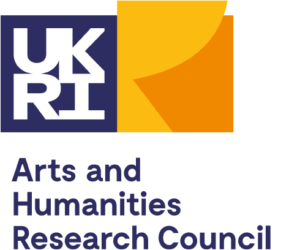
Twin portrait: the Viceroy’s Page Boy
Bård Frydenlund
The Constitution Hall at Eidsvoll House is the historic venue for the convention where the “founding fathers of Norway” put forward, deliberated and finally voted for the Constitution of Norway in April and May 1814.
Among the current interiors in Constitution Hall is the twin portrait of the Viceroy of Norway, Ulrik Frederik Gyldenløve (1638-1704) and a black page boy. The date of origin and the name of the painter is unknown, and the provenance of the portrait is contested. The only clue we have is that it was given to the museum between 1849-1869 as a gift from the parish priest, Andreas Faye, who was a member of the portrait society of Constitution Hall in that period.
The lack of factual sources has led to a rather creative myth making process on the page boy’s behalf. Some say that he is Christian Hansen Ernst, a civil servant in the town of Kragerø in Southern Norway, who was murdered by supposed jealous men of the town.

or (contested labeling)
Twin-portrait: (unknown painter), Ulrik Frederik Gyldenløve & Christian Hansen Ernst, c. 1700.
Oil on canvas, 115,0 x 92,0 cm, Eidsvoll House, Norway (The Norsk Folkemuseum foundation).
There is a Jamaica born Christian Ernst who became an assistant civil servant in Southern Norway, who might have known the Viceroy, but he was not a slave and was not the Viceroy’s man servant. Others say he was the “black man servant in the cupboard” popping out to light the smoking pipes of the “founding fathers” during the constitutional convention of 1814. There are even those who combine the two myths with a child murder case from a neighboring iron works site, to create the case of “the young black man servant who was thrown into the furnace”. Another, and the most recent myth to be created, is that the picture is of a nameless slave who became the royal postmaster of Eidsvoll. All myths are fallacies, yet the identity of the young black man in the painting remains an intriguing mystery: the provenance of the painting is contested and the creative myth making process goes on to this day. Despite this, the twin portrait is still displayed in Constitution Hall. It serves now as a “contested exhibit of interest” during Black History Month and other relevant events: it prompts discussion of the role of Norway in the trans-Atlantic slave trade and the history of racism in Western Europe.
Further reading:
- Eriksen, Anne, “Mitt skip er lastet med… Fra rasetenkningens kulturhistorie”, in Døving, Cora Alexa (ed.), Rasisme (Oslo: Universitetsforlaget, 2022), 172-187. (Language: Norwegian)
- Hamre, Torleif R., André Larsen Avelin and Bård Frydenlund (eds.), Iconic National Monuments and the Stories we make them tell (Oslo: Scandinavian Academic Press, 2024).
You may also be interested in: Mrs Mary Garnett
